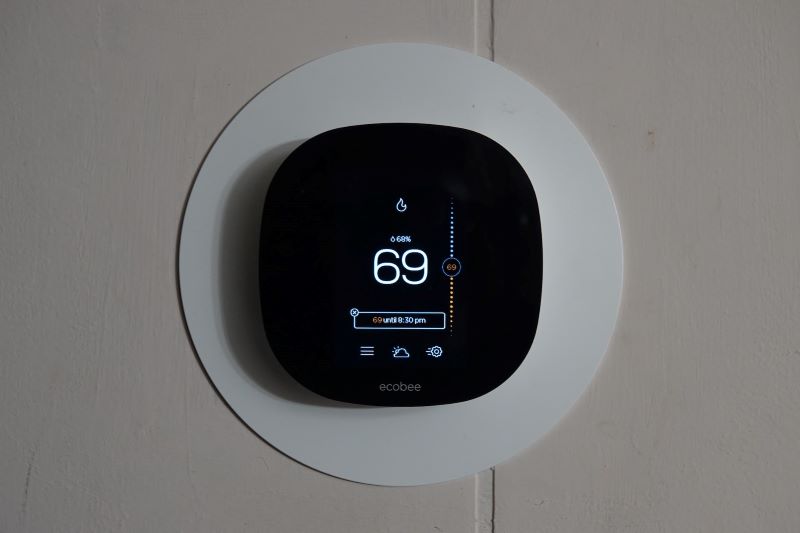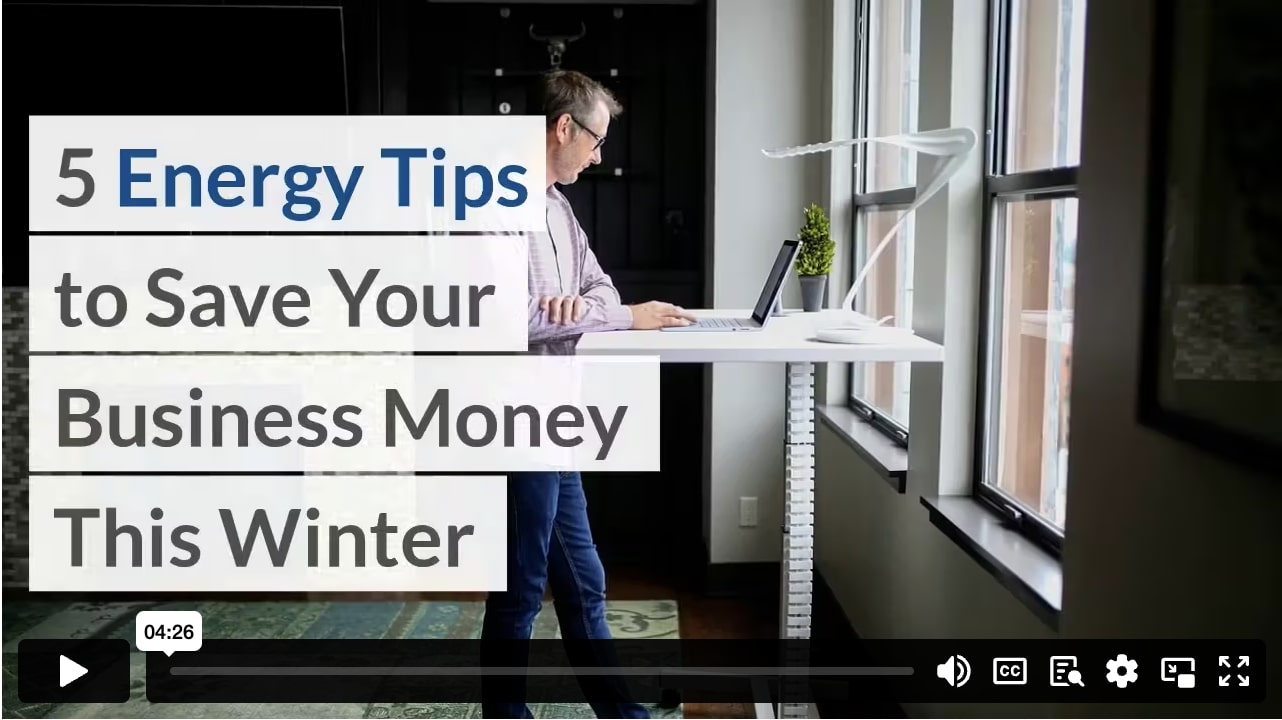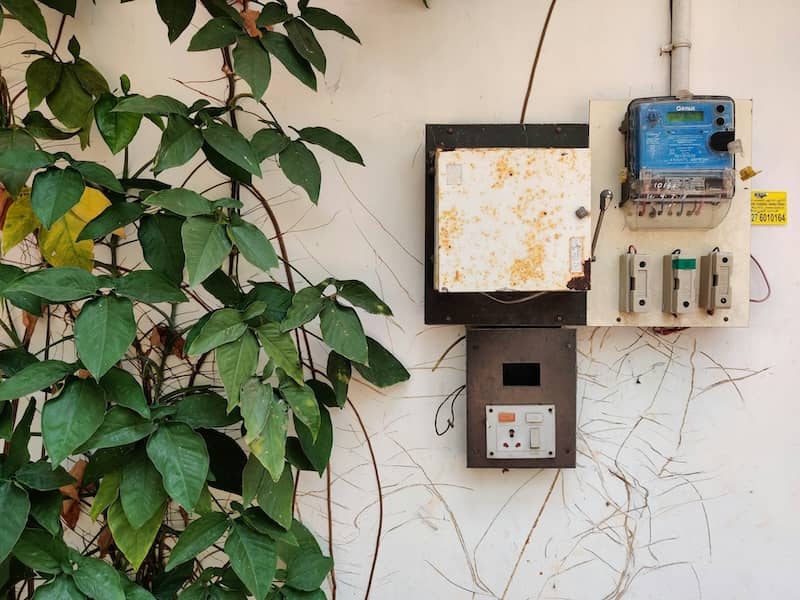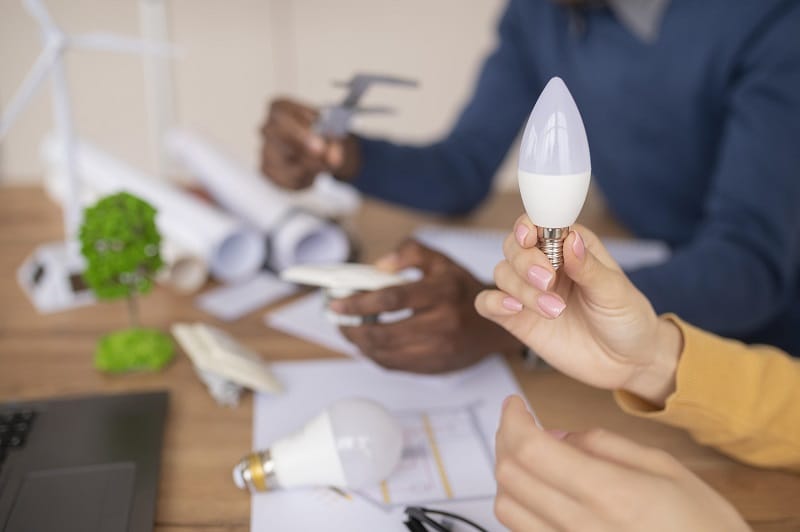
Winter months can bring a chill to more than just the air. Cold weather can easily increase your business’ energy consumption, leaving you cold as you face surging electricity and natural gas bills. For example, in Alberta, every ten-degree drop below zero results in a 40% increase in natural gas usage. The higher the demand is, the higher the prices are, and more often than not winter energy rates are hard to predict and prepare for. Thankfully, there are ways to reduce your business’ energy spending, use, and environmental harm during winter. Here are five ways your business can use less energy during colder months.
1. Manage your thermostats
Changing your thermostat settings even a degree or two can make a meaningful difference in how much energy you use to heat your spaces. Although many employees won’t notice this change, remember to notify them so that they have time to adjust their work wear or bring an extra layer to keep at their desk or work station. The most noticeable difference will be on your utility bills since your usage will drop.
According to the Department of Energy, you can save about one percent for every degree of thermostat adjustment per eight hours. If you want to achieve annual savings of up to 10%, consider turning thermostats back seven to ten degrees from their normal settings for eight hours per day. For instance, as soon as your employees leave the building. A smart thermostat can help with this task.
Smart thermostats are inexpensive but can be quite impactful because they allow you to control when your systems run. There’s no need to run the heater when none of your employees are in the office. Overnight, weekends, or off hours you can run the heat only as much as is required to keep equipment and plumbing safe. You can also adjust a smart thermostat to keep temperatures cooler during times your employees are performing physical labor, or working with heat-generating equipment.
2. Manage your windows
If your business has south-facing windows, you have a great source of free, natural heat built into your spaces. Make sure you are taking advantage of that by using the sunlight to heat areas that get direct sunlight. That means encouraging employees to open shades and blinds to let in the sun. If your windows feel drafty, you may benefit from installing and closing heavy curtains. They will serve as a layer of insulation between your offices and the cold outdoors.
3. Insulate and seal
Regardless of how much you decrease your heat settings and utilize natural solar heat, your heating system will run when it is cold. Maximize the benefit of that air you’ve paid to heat by ensuring it stays in your building.
First, check to make sure your spaces are adequately insulated. Next, check for leaks. Drafts around windows, doors, and outlets indicate that outside air is making its way into your building. Sealing those gaps keeps the air you’ve heated inside your spaces, keeping them warmer for longer and reducing your energy spending.
4. Look beyond cold weather use
While you are focusing on your cold weather energy use now, it is a great opportunity to evaluate your non-seasonal use, too. Offset higher winter use by implementing strategies to reduce year-round energy consumption and increase energy efficiency.
Powering down office equipment and machines at the end of the day can significantly decrease your overall energy use. These inconspicuous energy thieves continue drawing power even when sitting idle. Also, consider switching your fleet to more fuel-efficient vehicles. Insulate your water heater or replace it with an energy-efficient tankless version.
Savings from these changes will help reduce your costs now and continue providing savings long after the last snowfall has melted.
5. Let the experts handle it
You’ve got a business to run and your time is precious. For many business owners, it makes sense to bring in an expert to check your building’s envelope for airtightness or to make recommendations on your heating and cooling systems. They are experts in their business, just as you are in yours, so hiring them can give you the most effective results.
An energy expert can perform an audit to pinpoint areas of opportunity for energy savings. They can suggest measures to make your business and building more energy-efficient in winter and year-round. Ask them about rebates or other programs available to help offset the initial costs of energy-saving upgrades.
An energy efficiency consultant can source cheaper energy solutions from various providers and work with you to get the best rates for your situation. Making changes to your energy procurement can help you spend less on the energy you use. They can also suggest renewable energy alternatives so the energy your business uses does less environmental harm.
Cold weather doesn’t have to mean chillingly high energy bills. Implementing these strategies can minimize damage to your bottom line from the winter season. Finding ways to use less means you can spend more time growing your business and less time worrying about your energy budget and environmental impact.
Infographic
Stay out of the cold this winter season! As temperatures drop, your business’ energy consumption can skyrocket, resulting in expensive electricity and natural gas bills. To help you keep warm while saving money, check out our simple yet practical five-step guide to smart energy usage for businesses during the colder months ahead.

Video

Others articles you might like
A guide to understanding how net metering saves you money
When net metering was first introduced in Idaho and Arizona back in the 1980s, it was a game-changer in the renewable energy landscape. The ...
25 July 2024Five energy procurement strategies for businesses
Securing the right energy contract isn't just about locking in the best rates. Energy procurement includes safeguarding your bottom line,...
9 April 2024Stabilizing energy costs in a volatile market
When we flip a switch, indoor lighting comes on with nearly the same dependability as the sun rising. This makes sense; the outside world...
21 March 2024



